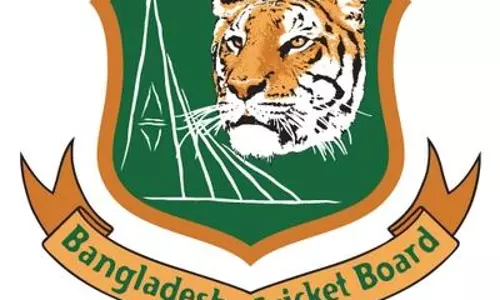
17 minutes of landing terror today as Chandrayaan-3 gears for landing
text_fieldsThe third lunar exploration mission from ISRO, Chandrayaan-3, is poised to make history by making a landing on the moon's unexplored south pole. At 6:04 p.m. today, the lander (Vikram) and rover (Pragyan) on the LM are expected to touch down close to the southern polar region of the moon.
Fourteen-day lunar expedition
The mission life of the lander and rover is one lunar day or roughly fourteen Earth days. On lunar nights, the temperature can drop as low as -1800C. Scientists assert that there is a remote chance that the lander and rover will come back to life for another lunar day.
At 5:45 p.m., four thruster engines will retrofire to start the powered braking of the Vikram lander, which will lower its speed. Scientists refer to this as 17 minutes of terror since everything will be automated. Vikram will receive all instructions by 3:45 p.m.
The difficulty lies in bringing Vikram's horizontal velocity down to nearly zero for a smooth landing from 1.68 km/sec at a height of 30 km. Two engines will cut off at 6.8 km altitude. Two more will reverse thrust to slow down Vikram even further as it descends.
The landing is set for 6:04 p.m. If everything goes according to plan, Vikram will send a rover to the moon to carry out tests with two onboard instruments and capture images of the surface.
Before making its final descent, Vikram's sensors will survey the surface at a height of 150–100 metres to look for obstacles. It can travel laterally up to 150 metres to a better landing location if the sensors detect a hill or a boulder near the landing spot.























